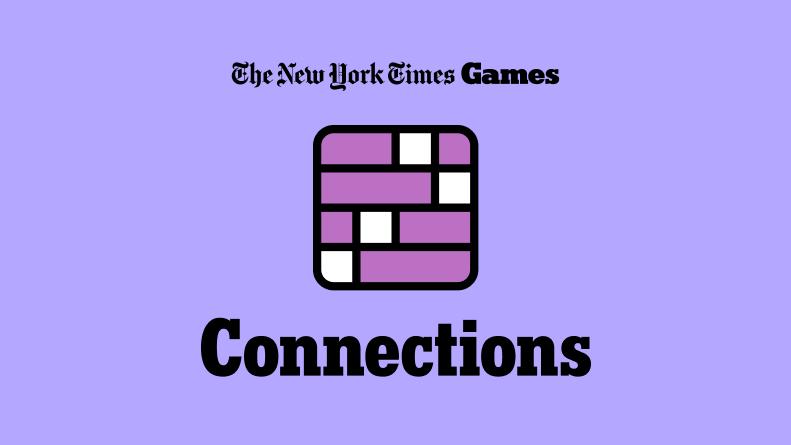How To Reinvent Your Business For AI: A Roadmap To Transformation
When we talk about AI today, we typically categorize it into three broad areas of intent: to extend and enrich the existing technology stack, to empower people and increase their productivity, and to reinvent the business itself.
For this blog, I want to focus on reinvention, because this is where the true competitive advantage lies.
Reinvention is not incremental change. It’s foundational. It requires breaking from what’s comfortable. And it’s hard. But in today’s climate, where disruption is a constant and technology accelerates faster than organizational cultures can typically manage, reinvention is mandatory.
There is nothing more difficult, nothing more dangerous, than to introduce a new order of things. Reinvention is a new order of things. So, what does reinvention take?
In a previous blog, we talked about how it must be top-down driven, not bottom-up driven.
It’s tempting for teams to default to enrichment – buying better tools, incrementally improving existing processes, or tacking AI onto current workflows. While such initiatives may yield value, they rarely deliver game-changing returns. Only reinvention offers that level of impact.
The Four Levers of Business Reinvention
As I’ve been talking to firms that are both attempting and doing this, I’ve come to recognize four critical levers in any successful reinvention. They’re not sequential. You pull them together, and with varying degrees of intensity depending on your circumstances.
Executive Conviction
Reinvention can’t happen without senior executive leaders having deep conviction that this is what they want to do, or must do, and working through this difficult change.
If the conviction at the top is clear and consistent, the organization can absorb the friction and stay on course.
Customer-Driven Value
Reinvention must also begin with a fundamental question: What value do we deliver to our customers – and how can that value be reimagined?
Your customer might be an external client, or if you’re in an internal function like HR or IT, another part of the enterprise. Either way, reinventing the business starts with re-examining what the customer values and how you deliver it.
At Everest Group, we’ve faced this ourselves. Our teams were relying on a long-established method to deliver client-facing insights – one that had been optimized over time but was starting to show its limits. In a conversation with our head of transformation, the question arose: “Why are we still using this method at all?” That simple challenge sparked a deeper re-examination. Instead of asking how to improve the existing approach, we began to explore how to replace it entirely with something more impactful and aligned with how our clients want to consume insight today.
This is the kind of thinking required in reinvention. What if we threw out the tool altogether rather than upgrading it? What if we redefined the deliverable rather than improved its presentation?
This step is iterative and demands validation. You’ll need to test your ideas with customers, refining and adapting until your value proposition resonates and scales. But it opens up the opportunity for a reinvention of the customer value that you’re providing.
And importantly, reinvention doesn’t need to happen all at once across the entire business. You can start with a single business function or even a specific process. In fact, many organizations begin at the subprocess level.
However, keep in mind that taking a subprocess-by-subprocess approach often leads to rework. As you stitch these subprocesses together over time, you’ll naturally uncover opportunities – and even the need – to rethink the broader process they support. What starts as incremental can quickly become transformative. So, while it’s perfectly reasonable to begin small, be prepared to ultimately reimagine the full capability as these changes accumulate.
Excellence in Execution – Through People and AI
Here is where reinvention becomes especially challenging: you will face internal resistance, and it will often come from the least flexible and least productive parts of your organization.
It’s very likely you’re going to end up with a much more productive team. It’s about reshaping your team so that the people leading the new processes are the ones leaning into change, not resisting it. The result is often a smaller team doing dramatically more.
Building a System of Execution
We’ve discussed how you change the customer relationship and what you can do differently and who you’re doing it with. The final aspect is that work must increasingly be done in partnership with AI.
This brings us to one of the most powerful, and least understood, elements of reinvention: the need to build a system of execution – not just apply AI tools, which I’ve discussed as well in a previous blog.
It’s worth reinforcing the distinction between using AI as a tool for your people and building a true system of execution. When AI is used as a tool, it enhances individual productivity – your people work faster, smarter, and more effectively.
But a system of execution is something very different. It doesn’t just assist people – it replaces a significant portion of the manual work with intelligent agents that carry out tasks autonomously. These systems operate alongside, or even on top of, your existing systems of record and systems of engagement, orchestrating workflows in ways that fundamentally reshape how the work gets done.
The system of execution does not necessarily replace your core platforms, but it does shift much of the orchestration from people to intelligent agents. These agents can interface with both your customers and your systems, creating a radically more efficient and scalable operation.
Many companies hesitate here. They want to wait until they’ve “cleaned up” their data or fully transformed their core systems.
That’s a mistake.
You already have enough tribal knowledge, semi-structured data, and institutional understanding to begin. If you wait to get your systems perfect, you’ll lose momentum, miss the window of opportunity, and risk organizational fatigue.
Start now with what you have.
The Case for Speed
Reinvention also cannot be a decade-long journey. In today’s market, drawn-out transformation loses steam, runs out of funding, and is overtaken by faster-moving competitors.
So, how fast should you go? To paraphrase Shakespeare: If done, best done quickly.
You may break things. But the “juice from the squeeze” is greater when you move quickly. You generate return before resistance hardens, and you give your teams the clarity and urgency needed to focus and execute.
What This Means for Leaders
This journey carries risks, but the rewards are more significant. Playing it safe may feel comfortable, but in today’s environment, it’s a fast path to irrelevance.
Begin with your most forward-leaning teams. It starts with conviction at the top and a deep re-examination of how you deliver customer value.
It’s also crucial not to confuse enhancement with reinvention. While both have their place, only reinvention delivers the kind of transformational ROI that shifts the competitive landscape.
And finally, embrace the full potential of AI, not just as a set of productivity tools, but as a foundation for building new systems that fundamentally reshape how your business operates.
Done right, it redefines the cost, speed, and quality of your operations. And more importantly, it repositions your business for the future.









